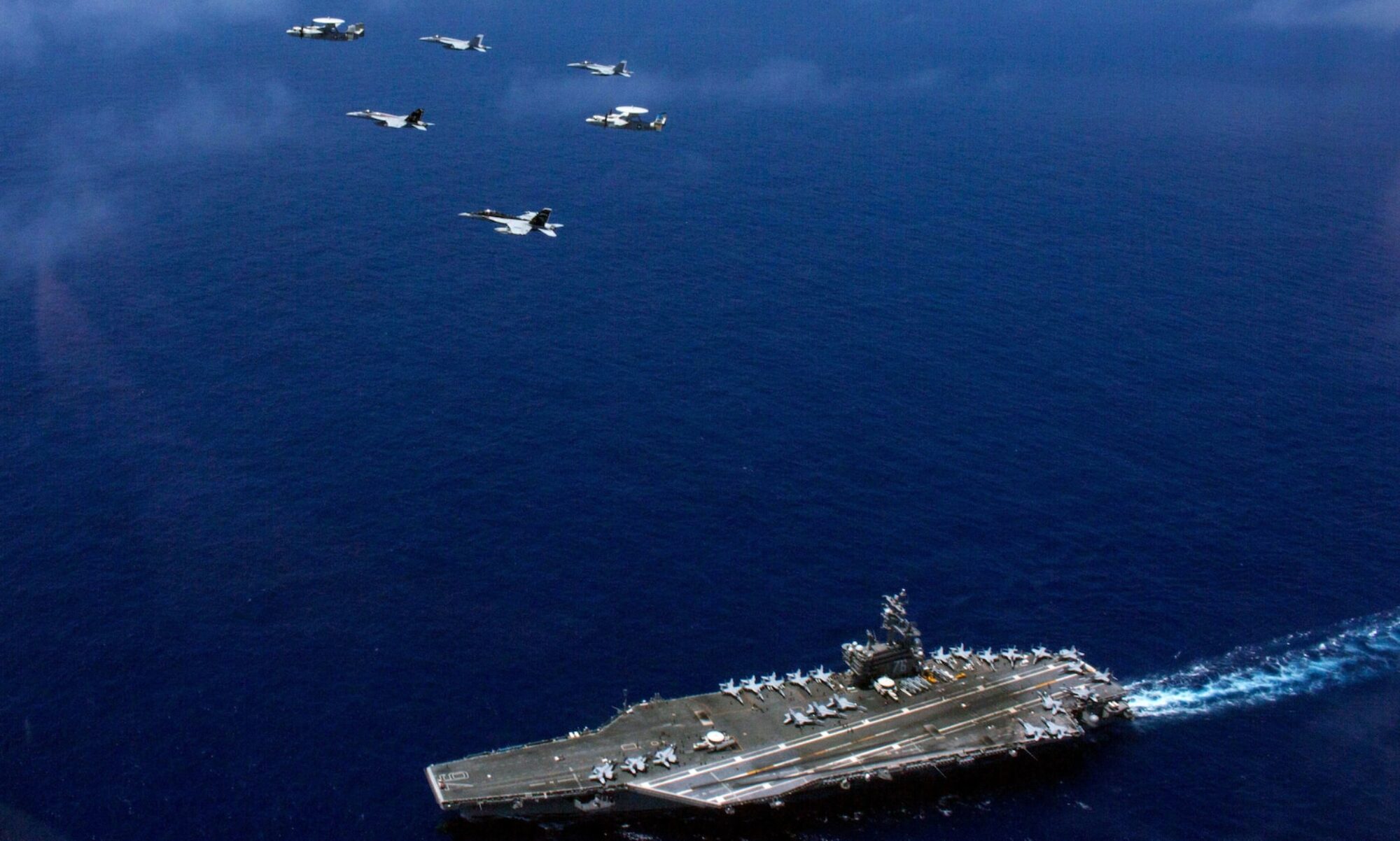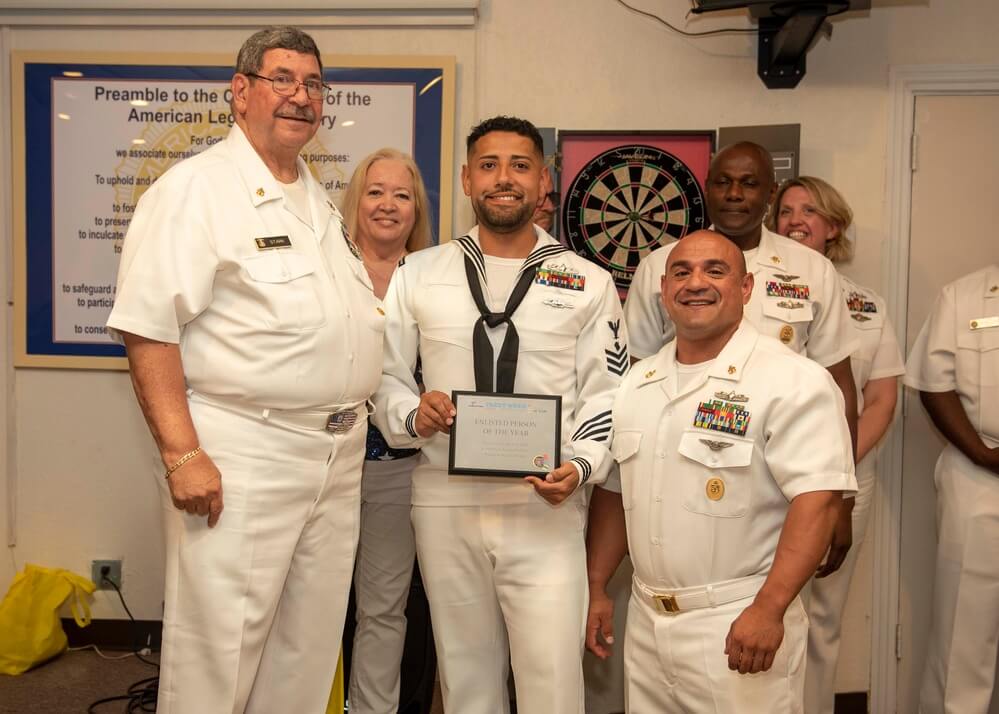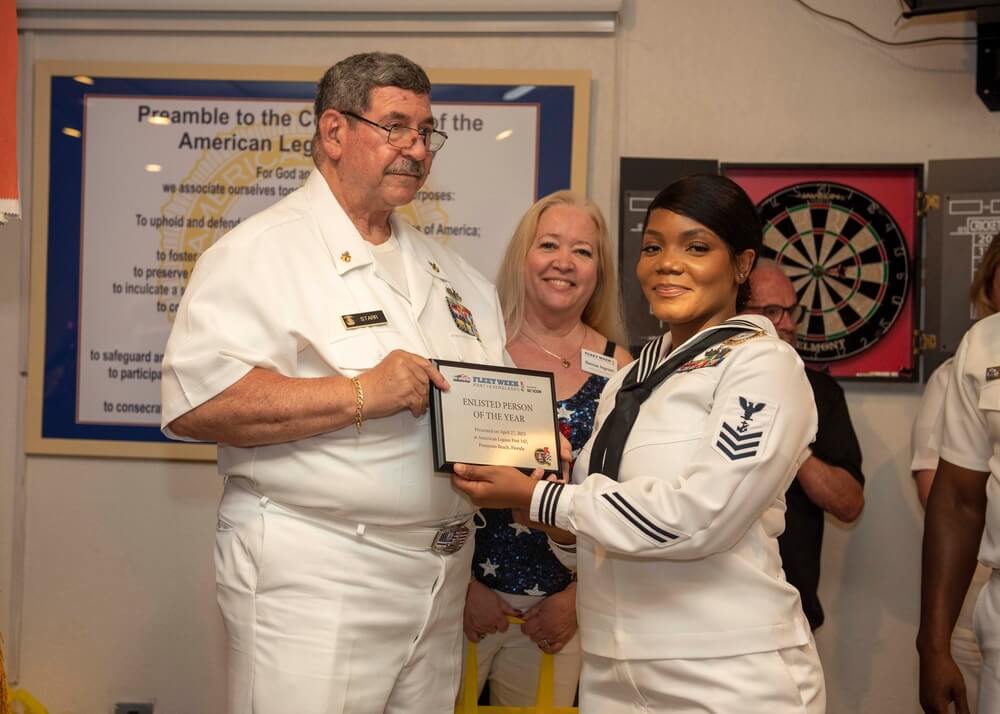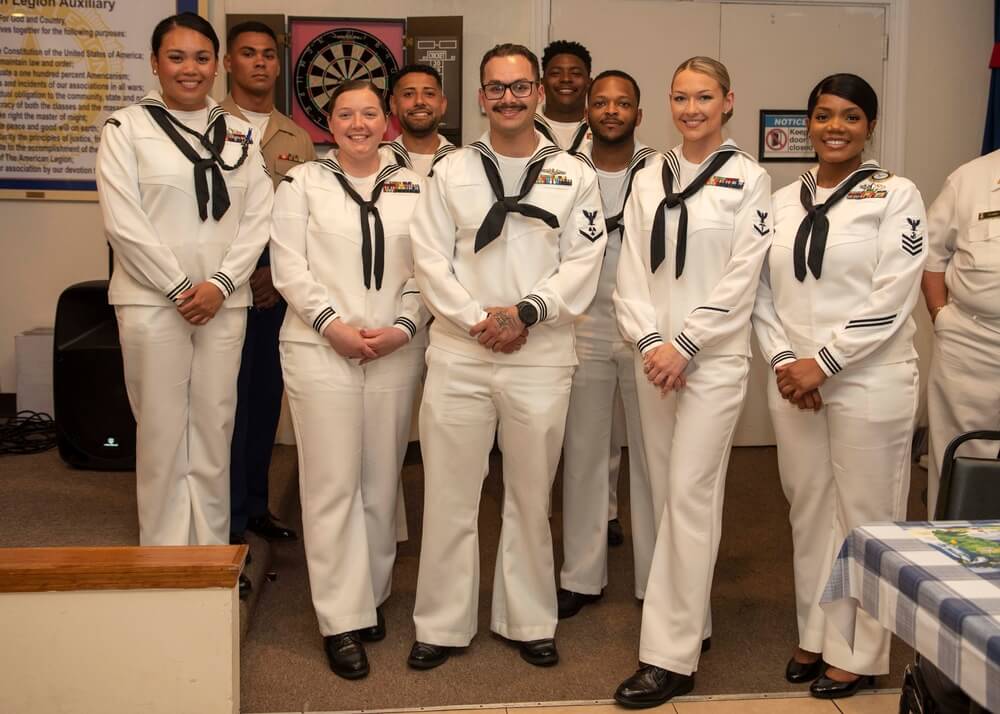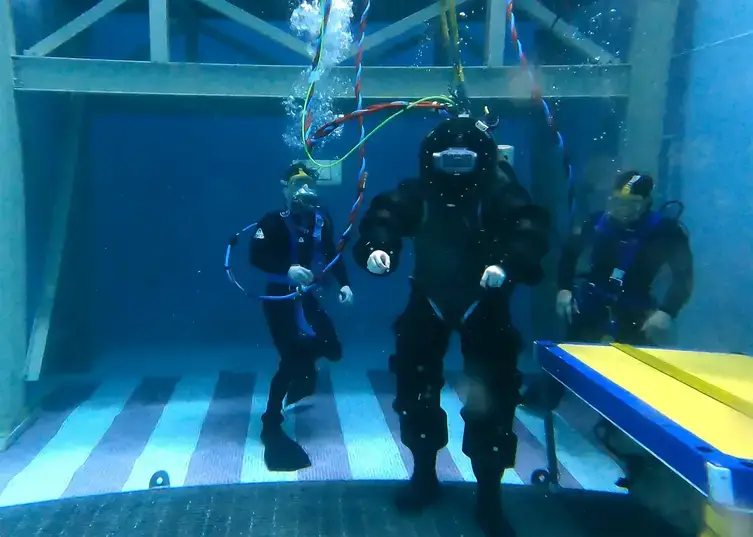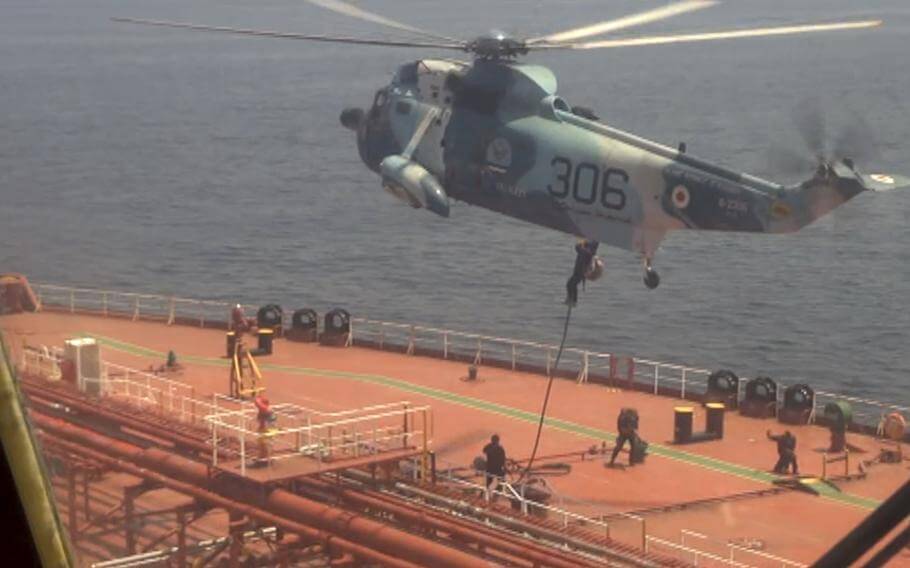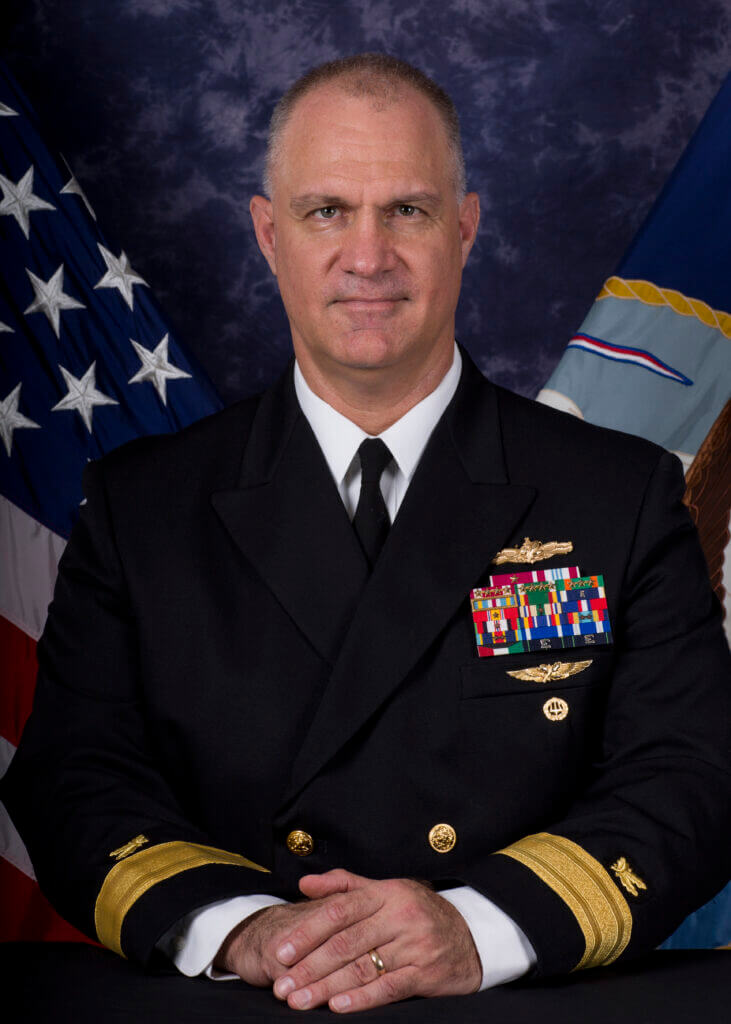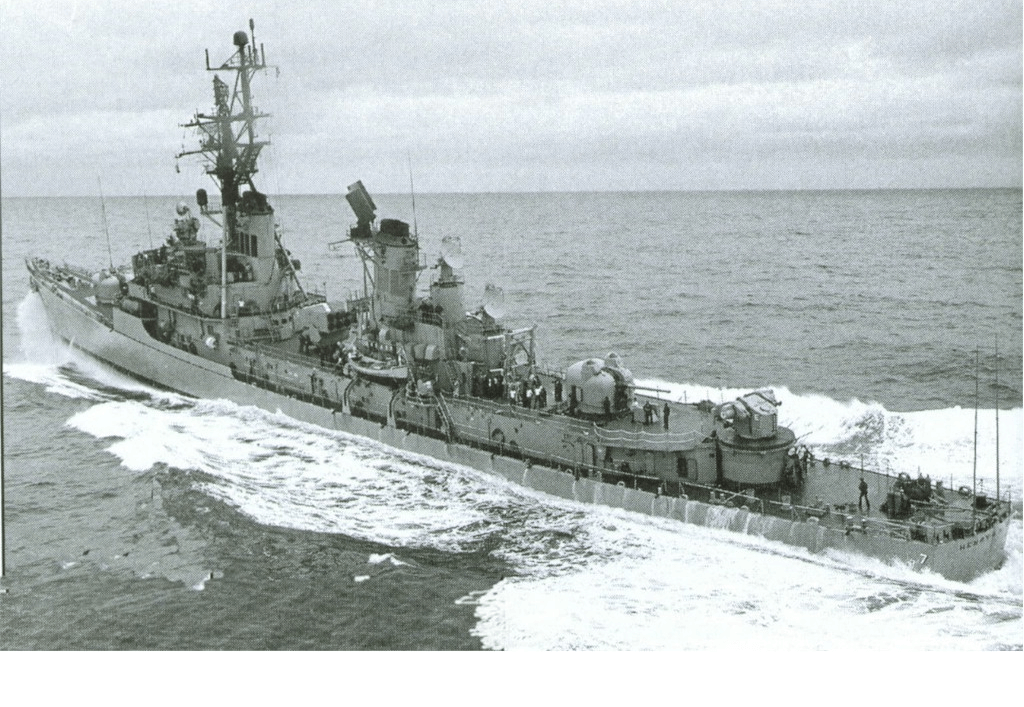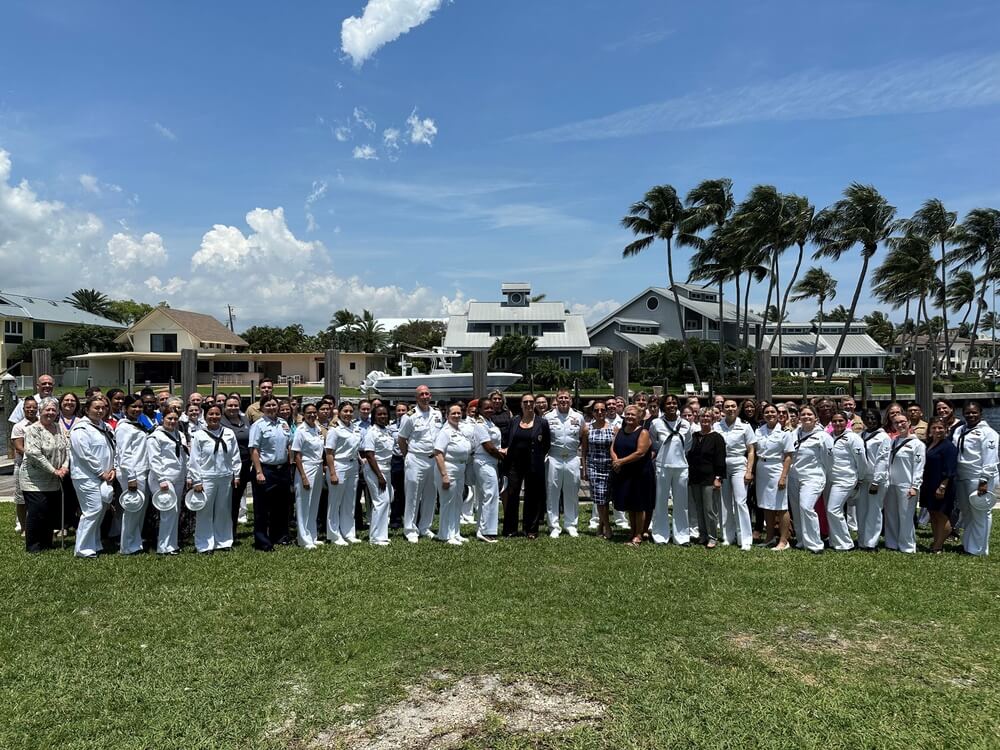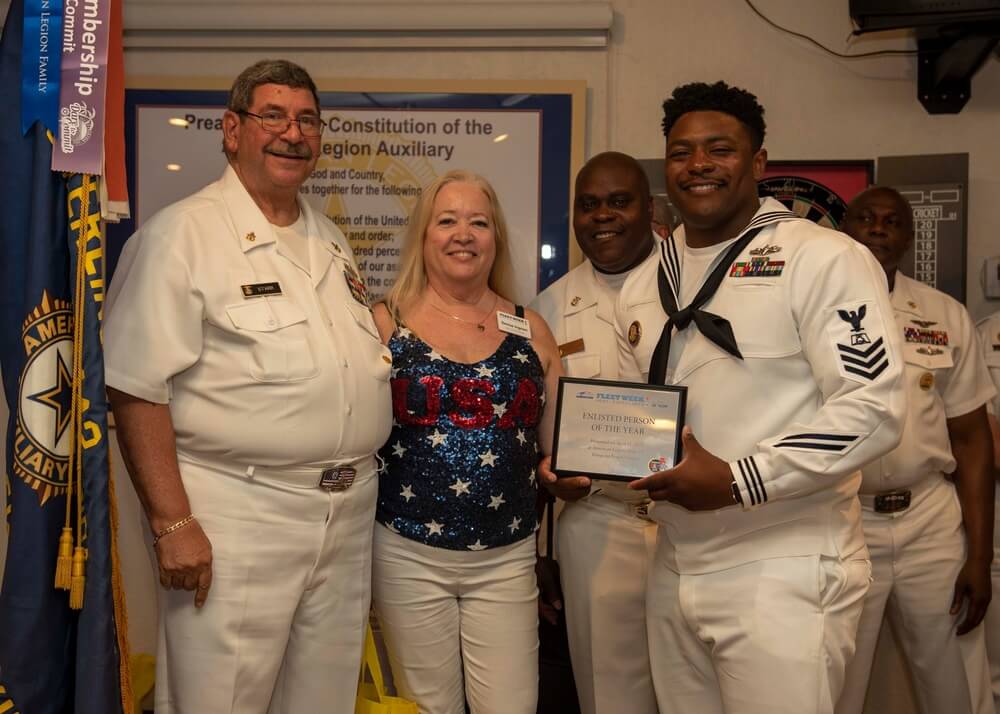
Introduction
The United States Navy is more than just a military organization; it is a community that celebrates excellence and honors the commitment of its members. At Americans for a Stronger Navy, we are proud to be part of this community and support its mission of promoting peace through strength. Today, we are excited to introduce you to Culinary Specialist 1st Class Rodrick Sheridan, the Enlisted Person of the Year for Navy Region Southeast. His dedication, leadership, and service are a true inspiration for all Americans.
Summary
Culinary Specialist 1st Class Rodrick Sheridan has been recognized as the Enlisted Person of the Year for Navy Region Southeast during Navy Fleet Week Port Everglades. This award highlights his outstanding service to the Navy and his leadership skills as a member of the community. Fleet Week is a chance to showcase the technology, skills, and commitment of Sailors, Marines, and Coast Guardsmen, and this year marks the 32nd Port Everglades Fleet Week.
Key Takeaways
Culinary Specialist 1st Class Rodrick Sheridan’s recognition as the Enlisted Person of the Year for Navy Region Southeast is a testament to his dedication to the Navy and his commitment to serving his country. As a member of the culinary team, Sheridan’s leadership, innovation, and teamwork have been instrumental in achieving success in his role. He has consistently gone above and beyond to ensure the well-being and satisfaction of his fellow sailors, including by helping to provide essential services to support the fleet’s missions.
The Navy’s Fleet Week is an opportunity to showcase the Navy’s capabilities and celebrate the contributions of its members. Through the events, people are given a glimpse of the technology and skills that enable the Navy to be a force for good around the world. The recognition of individuals like Culinary Specialist 1st Class Rodrick Sheridan highlights the importance of teamwork, leadership, and dedication to the Navy’s mission.
Conclusion
Culinary Specialist 1st Class Rodrick Sheridan, the Enlisted Person of the Year for Navy Region Southeast.The Navy is a vital component of our nation’s defense, and its members deserve our respect and admiration. The recognition of ß Specialist 1st Class Rodrick Sheridan is a reminder of the dedication, leadership, and service that define the Navy community. As Americans, we must continue to support the Navy and its mission of promoting peace through strength. Americans for a Stronger Navy is proud to be part of this community, and we encourage everyone to join us in supporting our Navy and its members.
